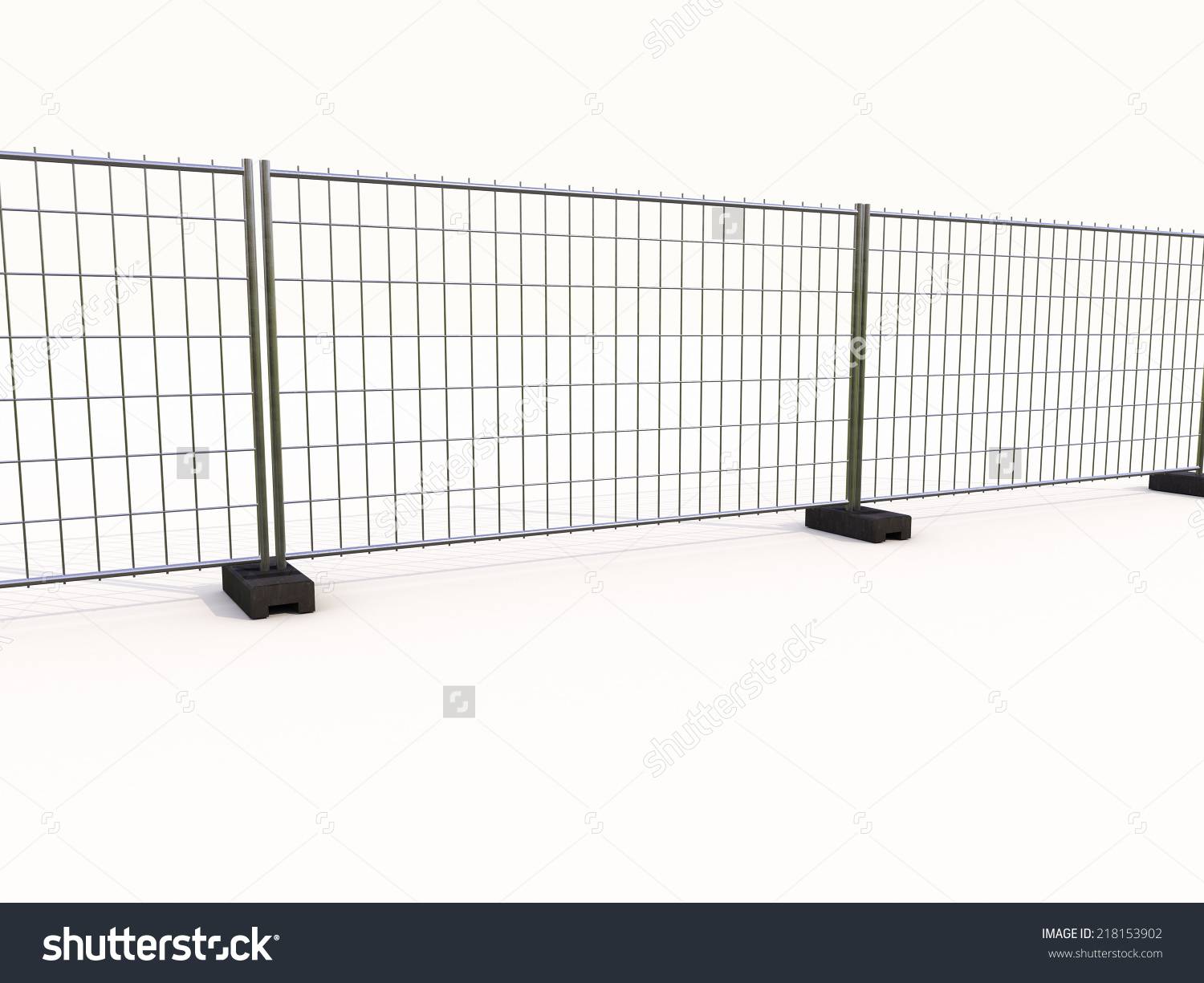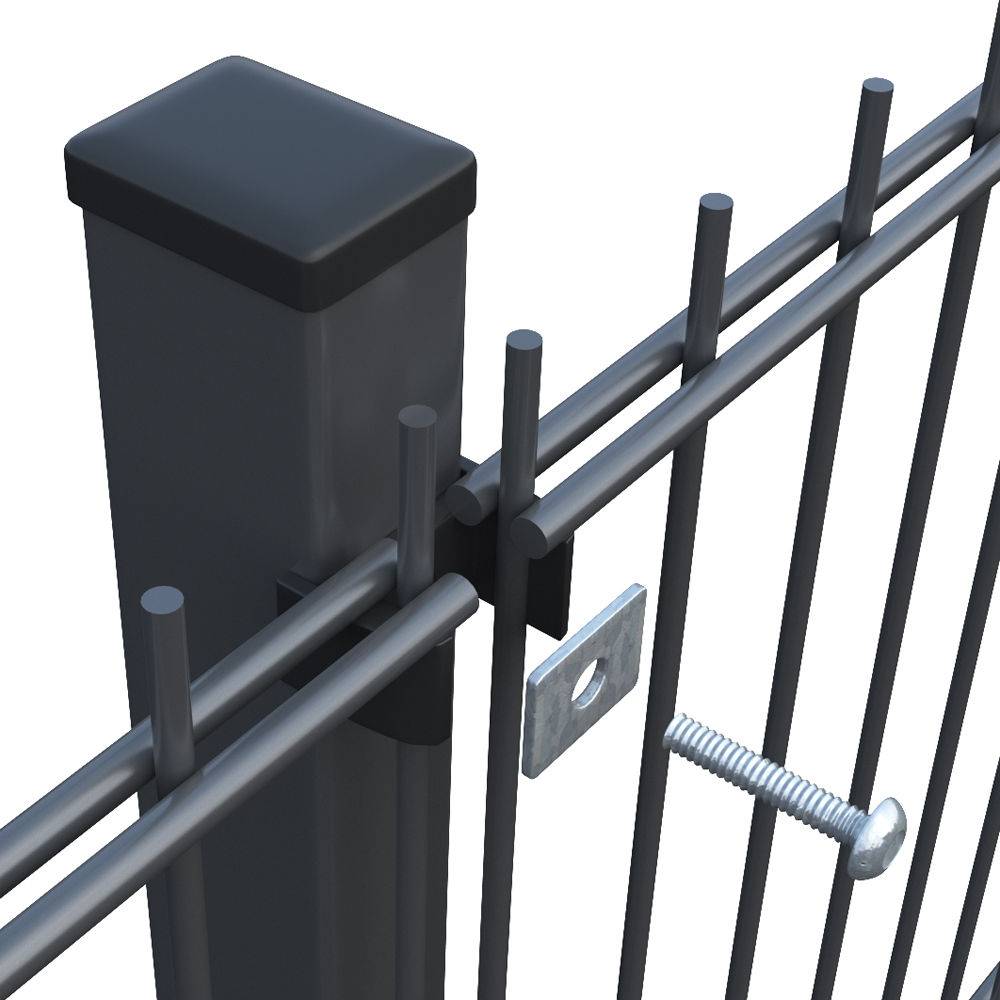

- Afrikaans
- Albanian
- Amharic
- Arabic
- Armenian
- Azerbaijani
- Basque
- Belarusian
- Bengali
- Bosnian
- Bulgarian
- Catalan
- Cebuano
- China
- China (Taiwan)
- Corsican
- Croatian
- Czech
- Danish
- Dutch
- English
- Esperanto
- Estonian
- Finnish
- French
- Frisian
- Galician
- Georgian
- German
- Greek
- Gujarati
- Haitian Creole
- hausa
- hawaiian
- Hebrew
- Hindi
- Miao
- Hungarian
- Icelandic
- igbo
- Indonesian
- irish
- Italian
- Japanese
- Javanese
- Kannada
- kazakh
- Khmer
- Rwandese
- Korean
- Kurdish
- Kyrgyz
- Lao
- Latin
- Latvian
- Lithuanian
- Luxembourgish
- Macedonian
- Malgashi
- Malay
- Malayalam
- Maltese
- Maori
- Marathi
- Mongolian
- Myanmar
- Nepali
- Norwegian
- Norwegian
- Occitan
- Pashto
- Persian
- Polish
- Portuguese
- Punjabi
- Romanian
- Russian
- Samoan
- Scottish Gaelic
- Serbian
- Sesotho
- Shona
- Sindhi
- Sinhala
- Slovak
- Slovenian
- Somali
- Spanish
- Sundanese
- Swahili
- Swedish
- Tagalog
- Tajik
- Tamil
- Tatar
- Telugu
- Thai
- Turkish
- Turkmen
- Ukrainian
- Urdu
- Uighur
- Uzbek
- Vietnamese
- Welsh
- Bantu
- Yiddish
- Yoruba

Types of Farm Fence Durable Options for Livestock & Crops
- Understanding the Role of Farm Fencing in Agricultural Efficiency
- Technical Advantages of Modern Fencing Materials
- Comparative Analysis of Leading Fence Manufacturers
- Custom Solutions for Diverse Farming Needs
- Cost-Benefit Evaluation Across Fence Types
- Real-World Implementations and Case Studies
- Future-Proofing Your Land with Smart Fence Choices
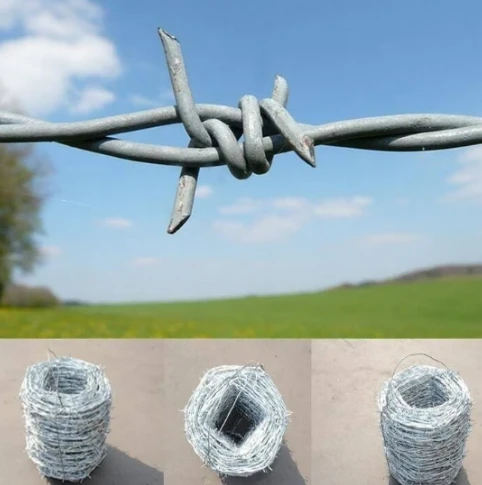
(types of farm fence)
Understanding the Role of Farm Fencing in Agricultural Efficiency
Effective farm fencing serves as the backbone of agricultural operations, with 75% of livestock managers reporting reduced animal loss rates after installing specialized barriers. Modern types of farm fence
balance containment functionality with environmental adaptability, offering solutions for terrains ranging from flat pastures to rolling hills.
Technical Advantages of Modern Fencing Materials
Advanced polymer coatings increase wire lifespan by 40% compared to traditional galvanized options. High-tensile steel variants withstand up to 1,500 pounds of impact force, while solar-powered electric systems reduce maintenance costs by 60% through automated voltage regulation.
| Manufacturer | Material | Lifespan (Years) | Cost per Mile | Livestock Compatibility |
|---|---|---|---|---|
| AgriShield Pro | High-Tensile Steel | 25-30 | $12,000 | Cattle/Horses |
| PolyFence Solutions | UV-Stabilized Polymer | 15-20 | $8,500 | Sheep/Goats |
| ElectroGuard Systems | Galvanized Wire + Solar | 20-25 | $18,200 | Multi-Species |
Custom Solutions for Diverse Farming Needs
Modular fencing systems now enable 72-hour installation cycles for 100-acre plots. Adjustable post spacing (5-15 feet) accommodates specific soil conditions, with hybrid designs combining wood and wire elements achieving 92% customer satisfaction in mixed-use farming environments.
Cost-Benefit Evaluation Across Fence Types
Initial investment analysis reveals wire fencing delivers 35% lower lifetime costs versus wood alternatives. Electric systems show 7-year ROI thresholds, while temporary polytape barriers reduce seasonal expenses by 80% for rotational grazing operations.
Real-World Implementations and Case Studies
A Montana cattle ranch recorded 17% higher grazing efficiency after implementing high-tensile cross fencing. Dairy operations utilizing combi-fences (wood posts with wire mesh) reduced predator intrusions by 94% within the first production year.
Future-Proofing Your Land with Smart Fence Choices
As agricultural demands evolve, selecting adaptable farm fence types becomes critical. Recent surveys indicate 68% of producers prioritize modular systems that permit gradual upgrades, ensuring long-term compatibility with changing herd sizes and land usage patterns.

(types of farm fence)
FAQS on types of farm fence
Q: What are the most common types of farm fences?
A: The most common types include woven wire, barbed wire, electric, split rail, and chain-link fences. Each serves different purposes, such as containing livestock or protecting crops. Material and design depend on the animals or needs involved.
Q: How do I choose the best farm fence type for livestock?
A: Consider the animal’s size and behavior: woven wire suits small animals, while barbed wire works for cattle. Electric fences are versatile but require maintenance. Always factor in durability and local predator risks.
Q: Are electric fences suitable for all farm animals?
A: Electric fences are effective for cattle, horses, and pigs but may not work well for sheep or goats due to their thick fleece. Proper training and voltage adjustments are critical for safety and effectiveness.
Q: What farm fence type is best for long-term durability?
A: High-tensile steel wire or vinyl-coated chain-link fences offer long-term durability. Wooden split rail fences last decades with proper treatment. Avoid low-quality materials to reduce replacement costs.
Q: What are the pros and cons of chain-link farm fences?
A: Pros include high security, low maintenance, and visibility. Cons are higher upfront costs and limited effectiveness for containing small livestock. They’re ideal for perimeter security rather than pasture management.
Recommended Products
Latest News About CHENG CHUANG
-
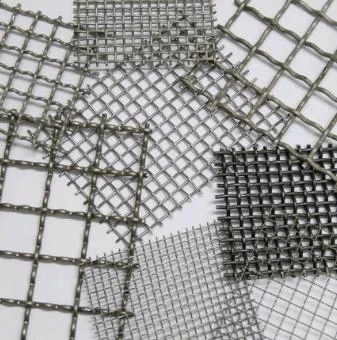 Wire mesh is durableWire mesh represents a cornerstone of modern industrial and agricultural solutions, offering unmatched versatility across countless applications.Read more >
Wire mesh is durableWire mesh represents a cornerstone of modern industrial and agricultural solutions, offering unmatched versatility across countless applications.Read more >Jul 11 2025
-
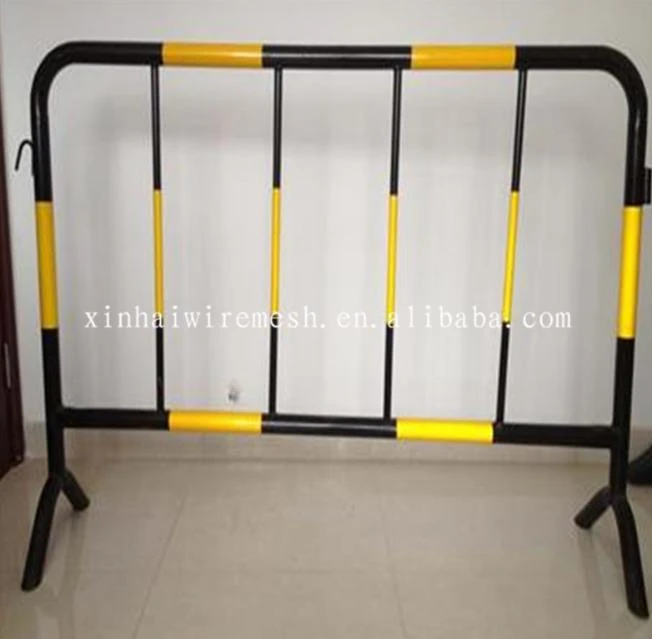 Safety barrier directs traffic flowIn high-risk environments, safety barrier systems stand as non-negotiable guardians against catastrophic incidents.Read more >
Safety barrier directs traffic flowIn high-risk environments, safety barrier systems stand as non-negotiable guardians against catastrophic incidents.Read more >Jul 11 2025
-
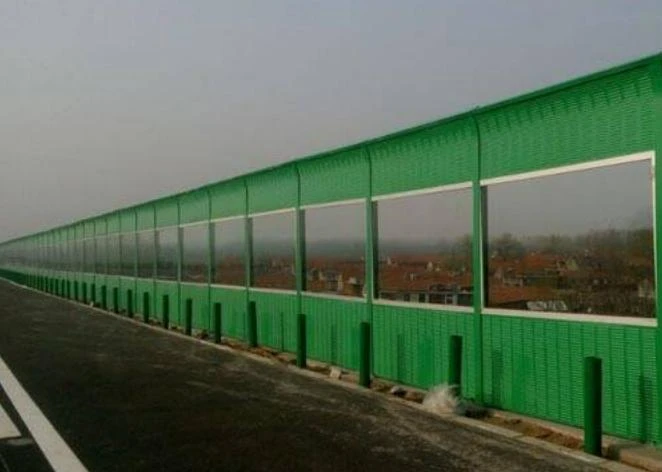 Modular Noise Barrier Eases InstallationUrbanization intensifies noise pollution, making noise barrier systems essential for preserving human health and tranquility.Read more >
Modular Noise Barrier Eases InstallationUrbanization intensifies noise pollution, making noise barrier systems essential for preserving human health and tranquility.Read more >Jul 11 2025
-
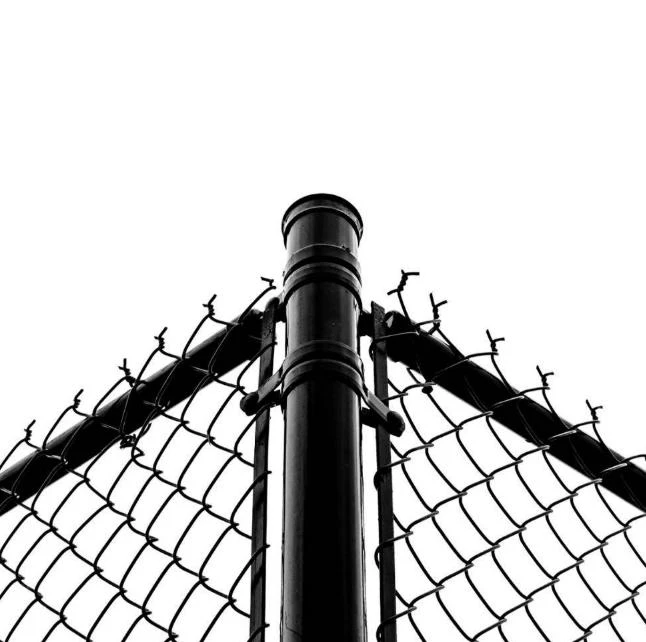 Metal fence types enhance securityMetal fence types form the backbone of modern perimeter security solutions worldwide.Read more >
Metal fence types enhance securityMetal fence types form the backbone of modern perimeter security solutions worldwide.Read more >Jul 11 2025
-
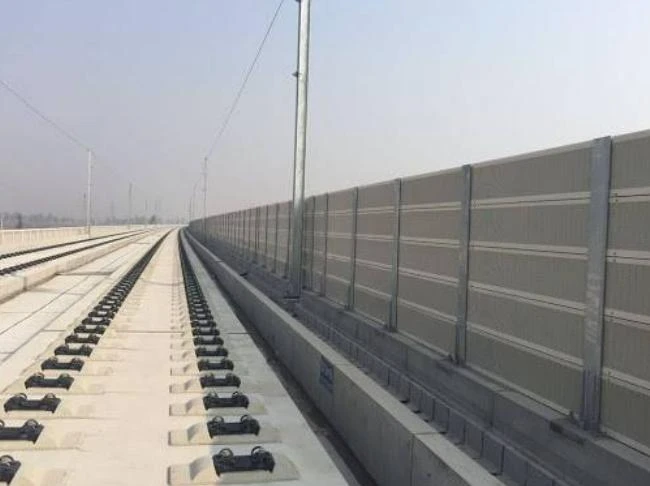 Crowd Control Barrier Manages Foot TrafficThe management of public gatherings demands precision, safety, and reliability, making crowd control barrier systems indispensable tools for organizers worldwide.Read more >
Crowd Control Barrier Manages Foot TrafficThe management of public gatherings demands precision, safety, and reliability, making crowd control barrier systems indispensable tools for organizers worldwide.Read more >Jul 11 2025
